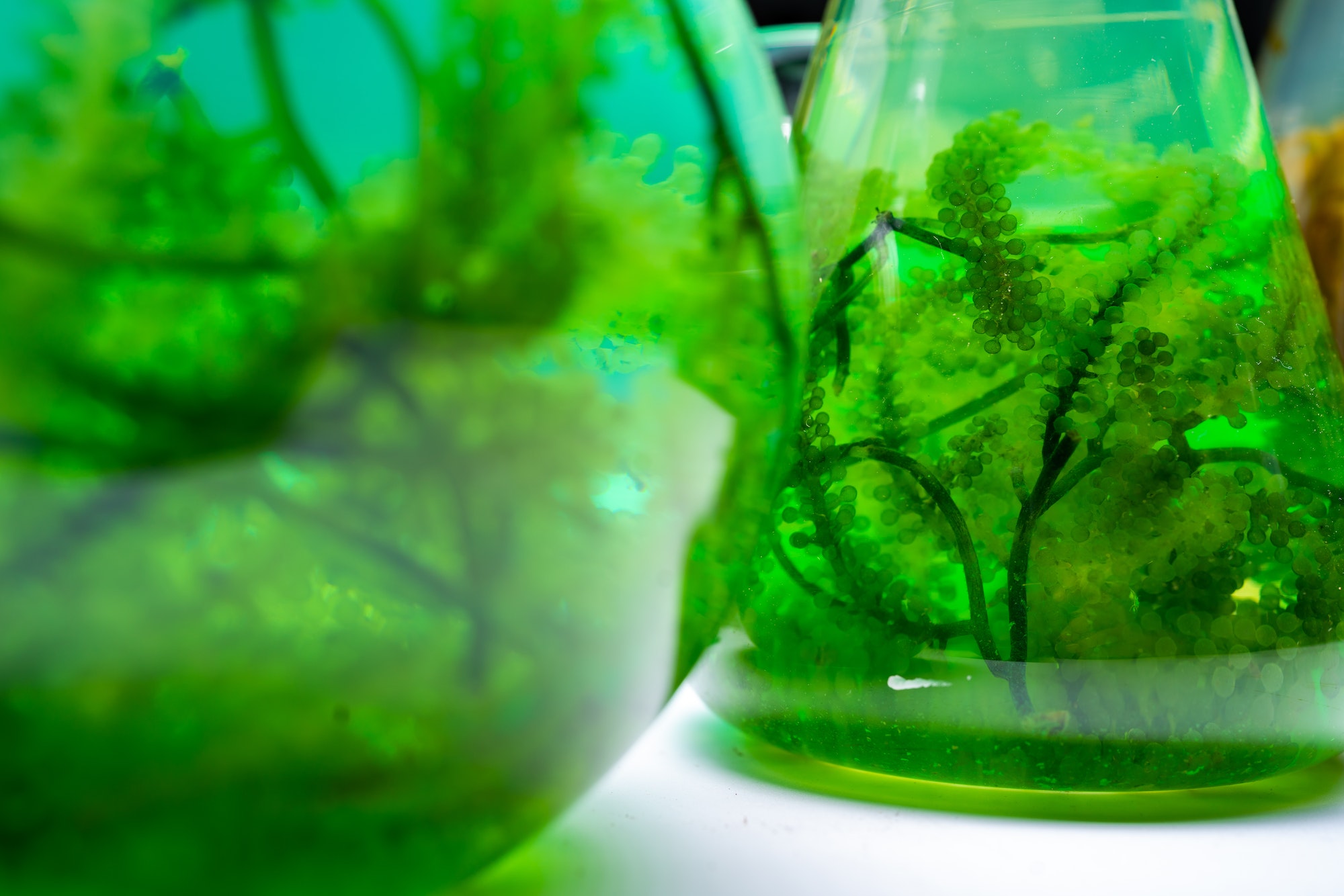Over the past several years, the field of algae cultivation has seen significant advancements, particularly in the development of photobioreactors (PBRs). These specialized systems are designed to optimize the growth of microalgae by providing a controlled environment with ideal conditions for photosynthesis. As a result, PBRs have become an essential tool in biotechnology applications, from biofuel production to pharmaceuticals. This article will recap the importance of photobioreactors in algae cultivation and biotechnology, explore the potential for future growth and advancements in the field, and call for continued research and innovation in photobioreactor technology.
Recap: The Importance of Photobioreactors in Algae Cultivation and Biotechnology
Photobioreactors play a crucial role in algae cultivation by providing a controlled environment that maximizes algae growth rates through optimized light exposure, nutrient availability, and temperature control. This enables researchers and industry professionals to harvest larger quantities of high-quality biomass in a shorter amount of time compared to traditional open pond systems.
The use of PBRs has opened up new possibilities in biotechnology applications. For example, microalgae have been identified as a promising feedstock for biofuel production due to their high lipid content and rapid growth rates. Photobioreactors make it possible to cultivate specific strains of algae with optimal lipid profiles for biodiesel production on a large scale.
Additionally, microalgae are known to produce various valuable bioproducts such as pigments, antioxidants, and proteins that can be used in food supplements, cosmetics, and pharmaceuticals. By using PBRs to selectively cultivate strains with desirable traits, researchers can efficiently produce these valuable compounds.
Potential for Future Growth and Advancements in the Field
As interest in algae-based products continues to grow, so does the demand for efficient and scalable cultivation methods. This presents an opportunity for further advancements in photobioreactor technology. Some areas of potential growth and innovation include:
Improved Light Utilization
One of the key challenges in photobioreactor design is providing optimal light exposure to all cells within the system. As algae grow and become more concentrated, they tend to block light from reaching the deeper layers of the culture. Researchers are exploring novel PBR designs and light management strategies, such as using light-emitting diodes (LEDs) or fiber optics, to improve light distribution and utilization.
Integration with Renewable Energy Sources
Photobioreactors require a significant amount of energy to maintain optimal growth conditions. Integrating renewable energy sources, such as solar panels or wind turbines, could significantly reduce the environmental impact and operational costs associated with PBRs.
Enhanced Nutrient Recycling
Algae cultivation requires the input of valuable nutrients, such as nitrogen and phosphorus. Developing systems that can efficiently recycle these nutrients within the PBR could help reduce waste and lower production costs.
Call to Action: Continued Research and Innovation in Photobioreactors
The advancements made in photobioreactor technology have already had a significant impact on algae cultivation and biotechnology applications. However, there is still much room for improvement and innovation in this field. Continued research into novel PBR designs, materials, and operational strategies will be essential in unlocking the full potential of algae-based products.
As we continue to face global challenges such as climate change, resource depletion, and population growth, the importance of sustainable solutions like algae-based biofuels and bioproducts becomes increasingly apparent. By investing in photobioreactor research and development, we can help ensure a more sustainable future for our planet and its inhabitants.

